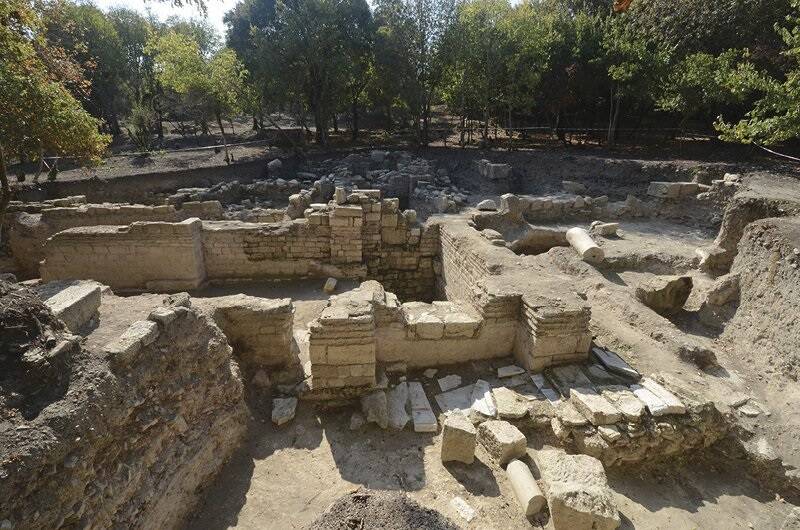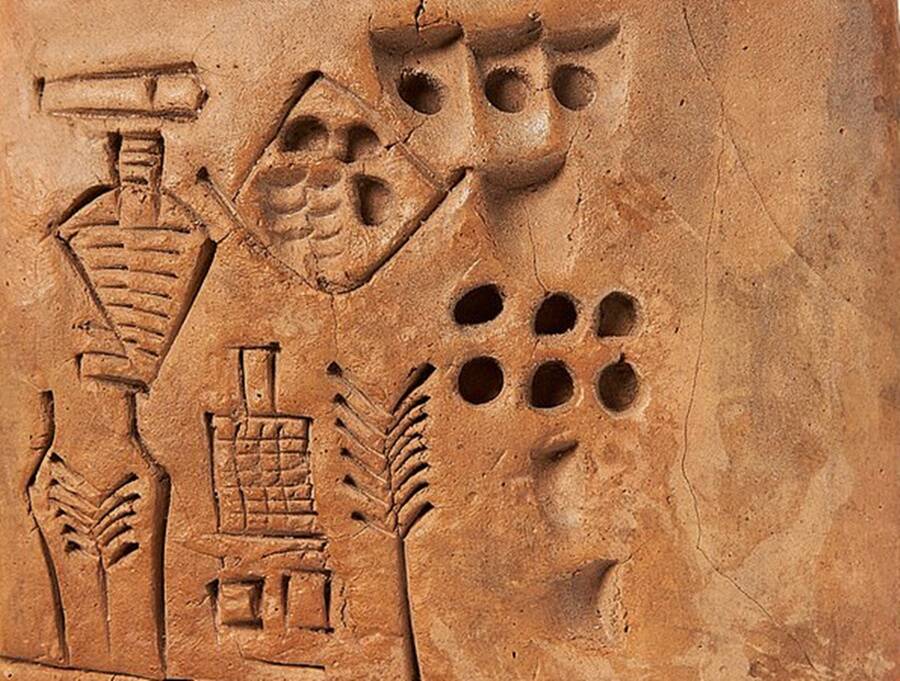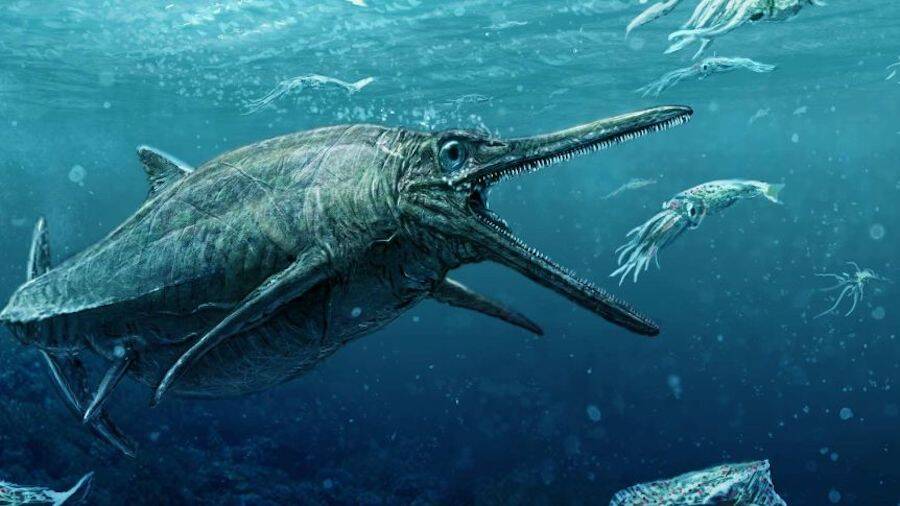Turkish Viking settlement unearthed, history's first known signature discovered, 12-foot prehistoric reptile found in the stomach of an even bigger predator.
Archaeologists Just Excavated An Entire Viking Neighborhood From The 9th Century In Turkey

Haldun Aydinguyn/DiscoverSome of the ruins of Bathonea, the ancient Turkish city where archaeologists recently found a Viking settlement.
Though archaeologists have been digging at the ruins of the ancient Turkish city of Bathonea for more than six years now, they never expected to find what they just uncovered: a Viking settlement from the 9th century.
“It seems they formed a neighborhood here in Bathonea,” one researcher said. “Until now, we had no clue.”
Experts believe that the Byzantine Roman rulers of Constantinople were so afraid that the Vikings would conquer their city that they gifted them this settlement on the outskirts in hopes that it would keep them from plundering. When they were allowed into the city, it was only in groups of 35 or less and they had to leave by sundown.
See more here.
This 5,000-Year-Old Sumerian Beer Receipt Features History’s First Known Signature

Bloomsbury Auctions/BNPSThis 5,000-year-old tablet depicting beer-making and a signed sales transaction was sold for $230,000.
A wealthy American collector just purchased an ancient Sumerian tablet for $230,000.
The Sumerian tablet was first uncovered at the site of the ancient city of Uruk located in ancient Mesopotamia, or now modern-day Iraq. The tablet itself is a one-of-a-kind artifact, not only because of its detailed inscription about an ancient beer sale but also because it holds what many believe to be the world’s first signature.
Dig deeper in this report.
12-Foot Reptile Found In The Stomach Of A 240-Million-Year-Old ‘Megapredator’ Unearthed In China

University Of Edinburgh/Todd MarshallIllustration of an extinct marine ichthyosaur reptile on the hunt.
When researchers in China discovered the nearly complete skeleton of a 240-million-year-old ichthyosaur dubbed the Guizhouichthyosaurus in 2010, they actually found more than first met the eye. Inside the extinct marine reptile’s stomach were the remains of yet another — a 12-foot-long thalattosaur.
When the 15-foot-long Guizhouichthyosaurus devoured another marine reptile slightly smaller than itself and subsequently died — it unwittingly preserved the very first evidence of megapredation.
Read on here.





